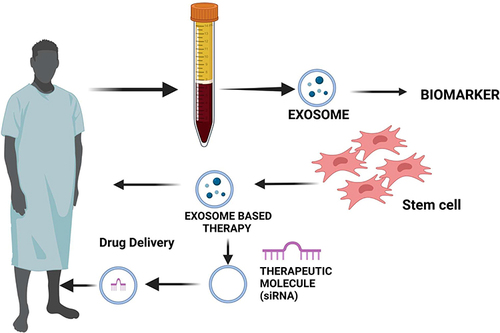Figures & data
Figure 1 Biogenesis, secretion and cargoes of the mesenchymal stem cell derived exosomes. (A) Exosome biogenesis, secretion and uptake by recipient cells. (B) MSCs-derived exosomes are enriched with various cargoes such as proteins, mRNA and miRNA with multiple functions. Created with BioRender.com.
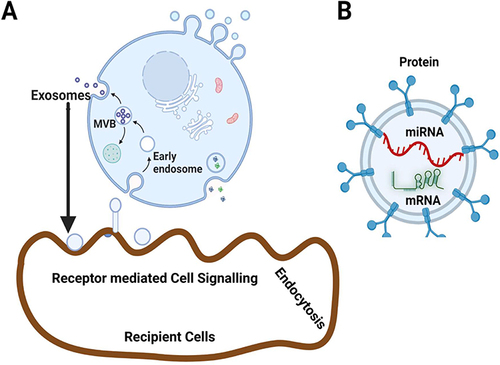
Figure 2 Effect of various factors on biogenesis and secretion of mesenchymal stem cell derived exosomes. Factors such as cell types, culture conditions, cell confluency, serum conditions, serum deprivation, preconditioning media and modified media, soluble factors, and cytokines and growth factors sites of exosomes, protein sorting, physico-chemical aspects, and transacting mediators influences biogenesis and secretion. Created with BioRender.com.
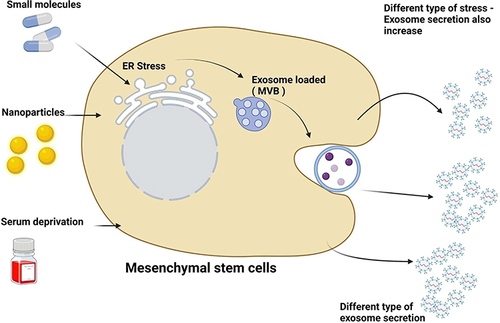
Figure 3 Neuroprotective and other beneficial effects of MSC-EXOs in PD patients. Intravenous administrations of exosomes are able to cross the blood-brain barrier (BBB) and protects neurons by exhibiting reducing inflammation, oxidative stress and cell death. Created with BioRender.com.
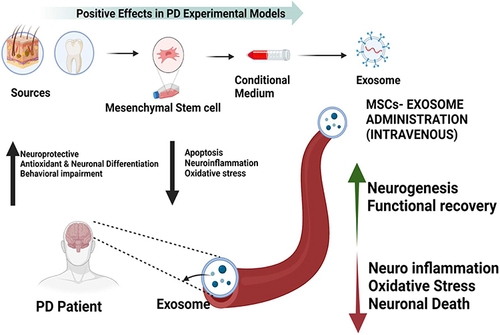
Figure 4 Mesenchymal stem cells derived exosomes exhibits potential therapy for CVDs. MSC-EXOs protects the damaged tissues by inducing angiogenesis and survival of cells through different mechanisms including reducing oxidative stress, inflammation and apoptosis. Created with BioRender.com.
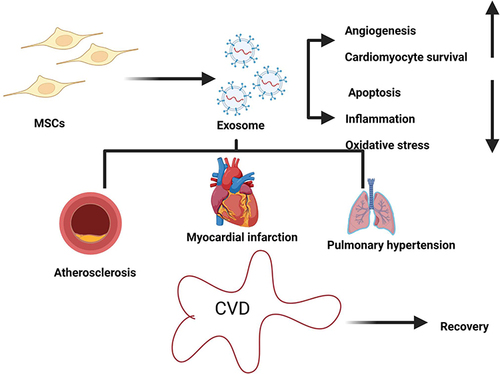
Figure 5 Potential therapeutic applications of MSC-EXOs as biomarkers and drug delivery vehicle. MSC-EXOs have enormous potential as a biomarker and drug delivery vehicle for various diseases such as neurological, autoimmune and inflammatory, cancer, ischemic heart disease, lung injury, and liver fibrosis due to enhanced biocompatibility, excellent payload capability, and reduced immunogenicity compared to alternative polymeric-based carriers. Created with BioRender.com.
